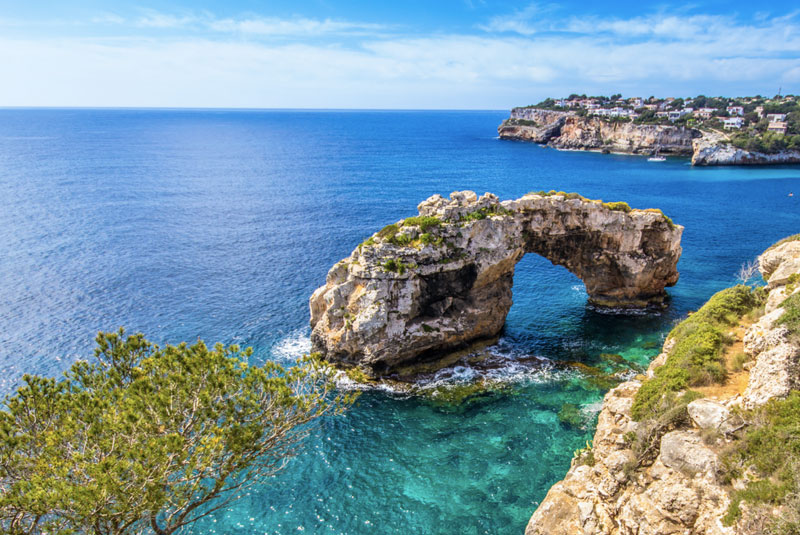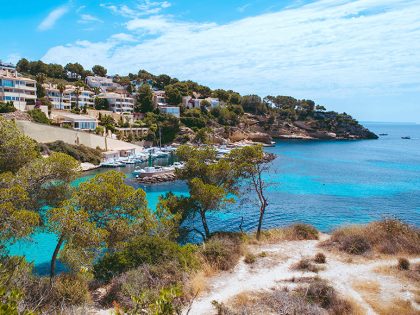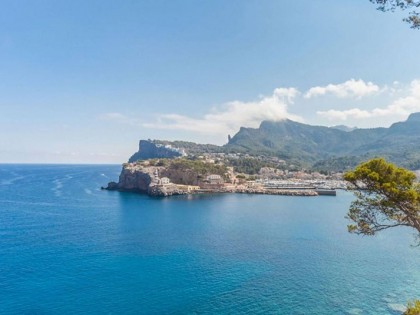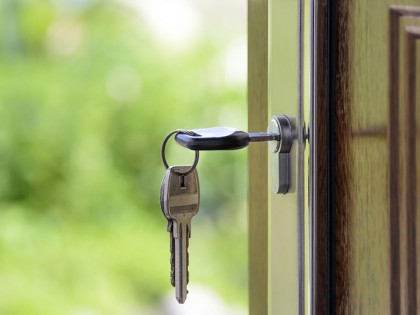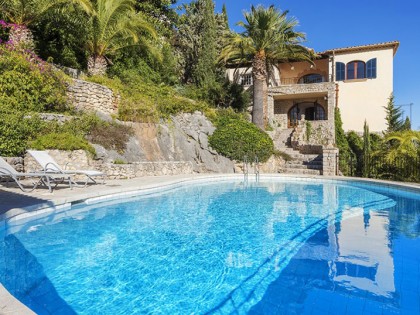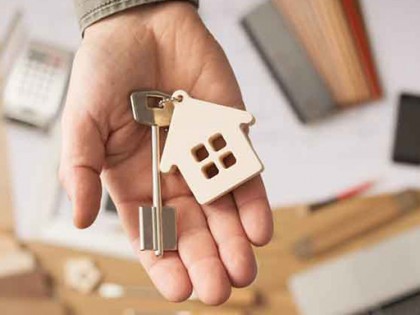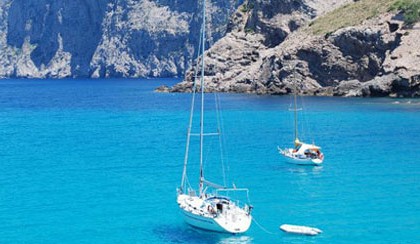According to the most recent reports from the CEPREDE – the Spanish Economic Prediction Center, 2018 will close with an economic growth of 2.7% in the Balearic Islands. This is one tenth above the 2.6% national average.
The same circumstances are predicted for 2019 – but with slightly lower numbers. Still above European levels, Spain’s economic growth remains positive; but is losing strength – the economy is expected to keep growing, but at a slower pace: 2.4% is thenational average and 2.5% specifically in the Balearic Islands. Also with 2.5% are Aragon, Basque Country and Madrid; whilst the most economically dynamic regions in Spain are the Comunidad Valenciana (2.6%), Andalucía (2.7%) and Murcia– standing out with 3%.
The slowdown in tourism will affect mainly the regions of Catalonia, the Canary Islands and the Balearic Islands. This is the main cause of the generally weak growth in the services sector.
In the industrial sector a slowdown is also noticeable in exports of plastic and oil-based products.
The construction sector was the one that suffered the most from the crisis and also the one that took longer to recover from it. Although it was one of the sectors whose growth stood out in 2018, it will also moderate it in 2019, especially in the Balearic Islands, where there seems to be a more intense deceleration in employment growth in this sector.
The general annual unemployment rate of the Balearic islands will close 2018 at 11.9% and should remain at the same level in 2019.
External factors for this loss of speed in the economic growth seem to include international trade restrictions, as well as the recovery in oil prices. Furthermore, the uncertainty caused by Brexit and the foreseeable rise in interest rates, as well as the effect this can have on household consumption and business investment.
As for internal factors, the increase of taxes on the autonomous community budget, which is in itself bad news, but even more so if the revenue from it is destined for current spending instead of boosting the Balearic’s economy, allocating resources to productive investment.
In any case, it is important to highlight the reactivation of the real estate market of the Balearic Islands and the significant investment in household improvements during 2018, which was 8% more than the national average. This investment was done mainly for renovations and maintenance works to guarantee property is in good condition. Property owners in the Balearic Islands seem to be more and more committed to improving the comfort and/or the aesthetics of their homes or as an investment when selling or renting their property. In fact, the price of housing in the Balearic Islands increased by 7% in the third quarter of 2018 compared to the same period last year.

